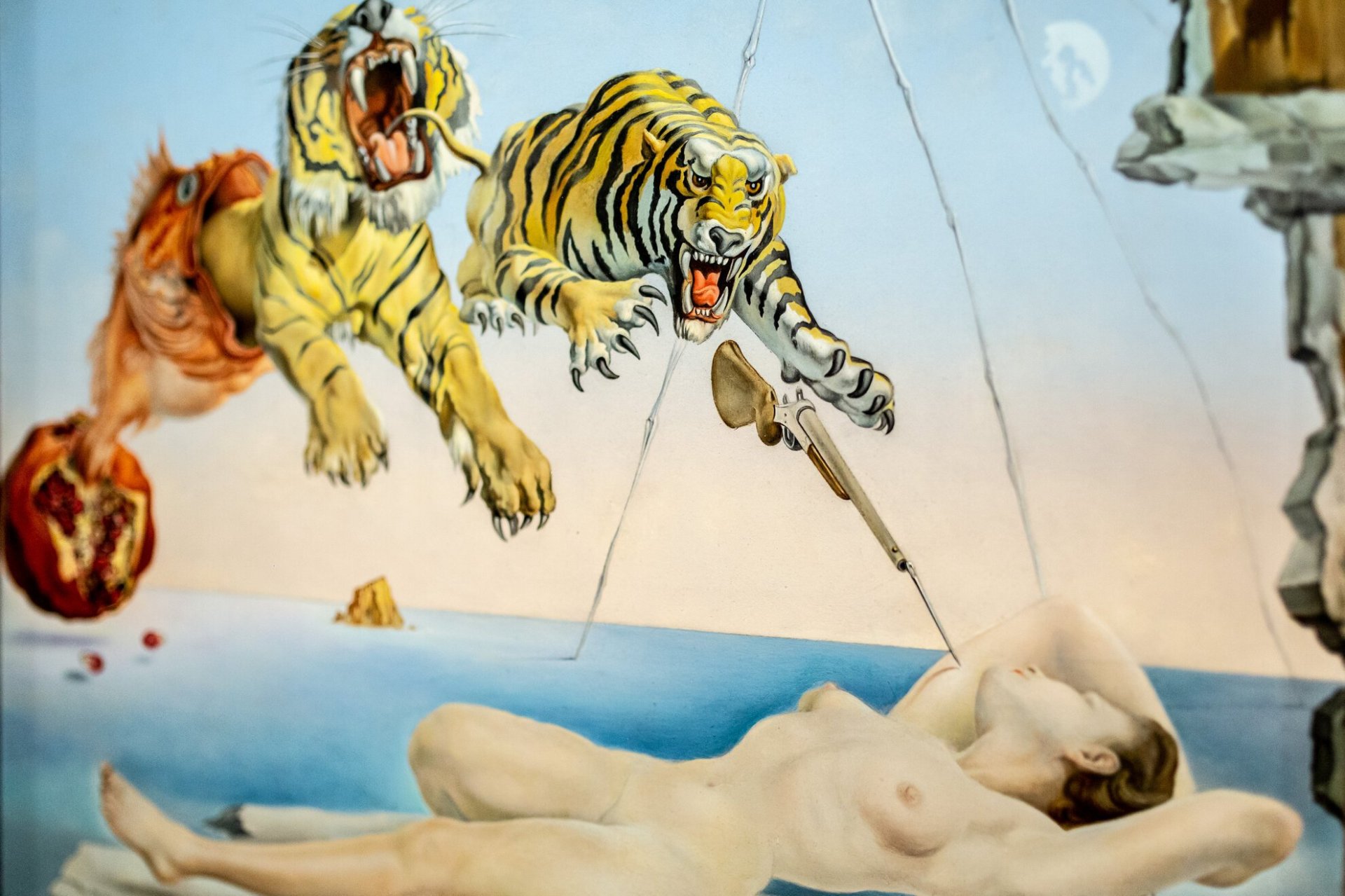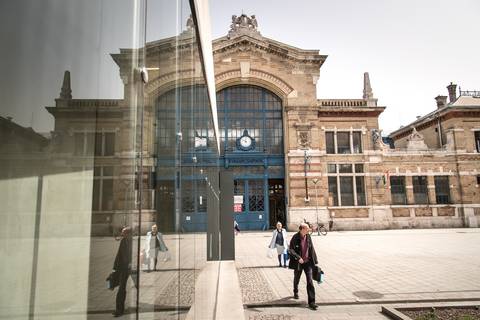Whether you're a huge fan of Dalí and the Surrealists, or all that springs to mind when you hear about the genre is 'The Persistence of Memory', this large-scale exhibition revolving around the most exciting year of this momentous movement is a must-see. The exhibition, 'The Surrealist Movement from Magritte to Dalí – Crisis and Rebirth in 1929' is currently on view at the Hungarian National Gallery until 20 October.
Pivoting around the watershed year of 1929, this major exhibition is being held in conjunction with the Centre Pompidou in Paris, who provided many of the featured pieces. All tolled, nearly 120 works of art, paintings, graphics, sculptures, photographs, films and documents are on display. Artworks by Salvador Dalí, Max Ernst, Joan Miró, Yves Tanguy, René Magritte, Pablo Picasso and Francis Picabia, as well as Man Ray and Brassaï, are exhibited.
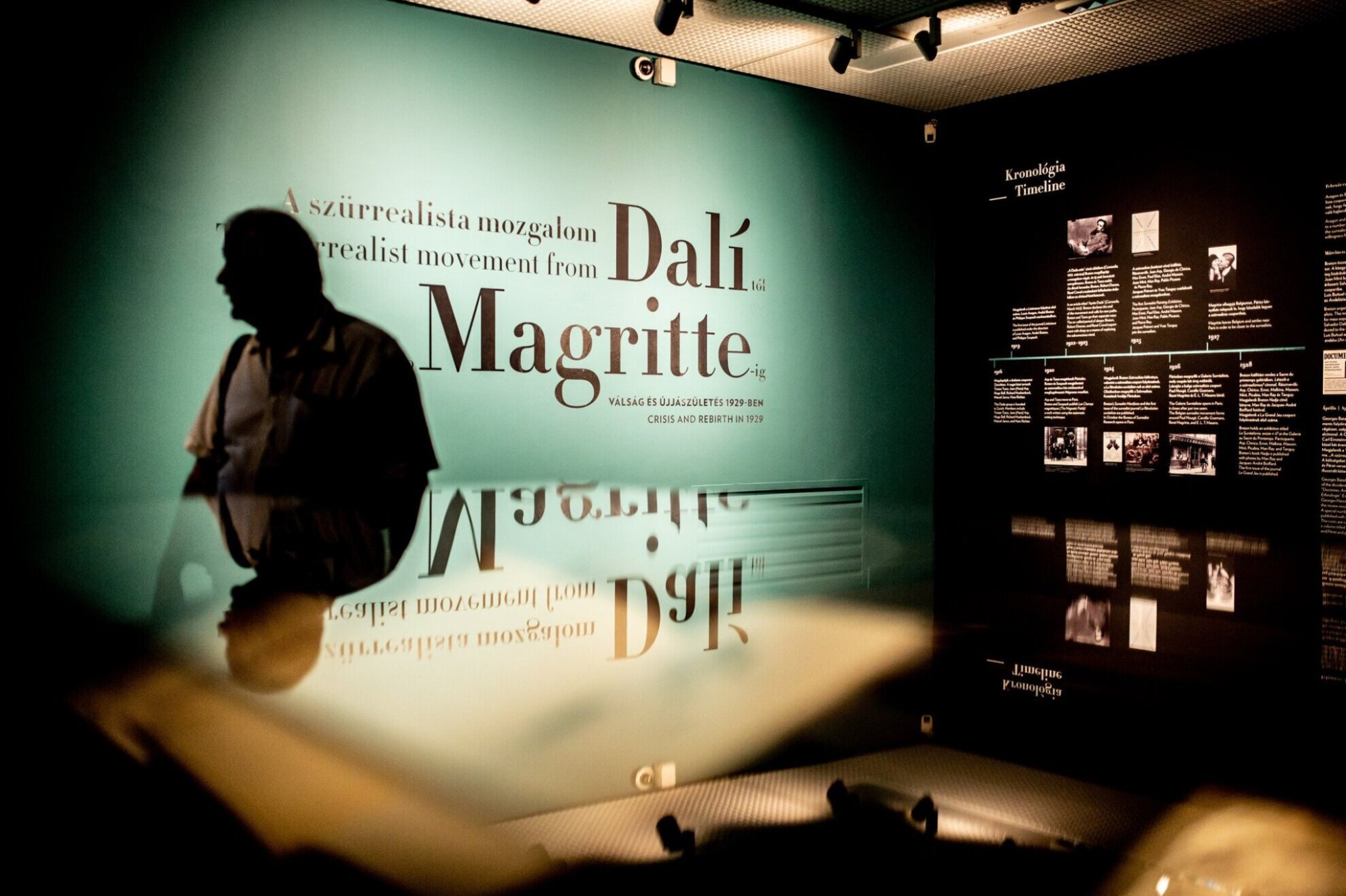
1929 is mostly (in)famous for the Great Depression, but it was also a crucial year for Surrealism. The exhibition takes the most momentous events of the year as its base: 1929 was when Salvador Dalí arrived on the Parisian art scene from Catalonia and made the landmark Surrealist film Un Chien Andalou with Luis Buñuel, something you can watch at the exhibition. In the same year, Max Ernst created his collage novel, also on display, and the Surrealist art magazine, Documents was first published in Paris. Documents was a direct challenge to 'mainstream' Surrealism as championed by André Breton. You can learn more about all of this at the Hungarian National Gallery.
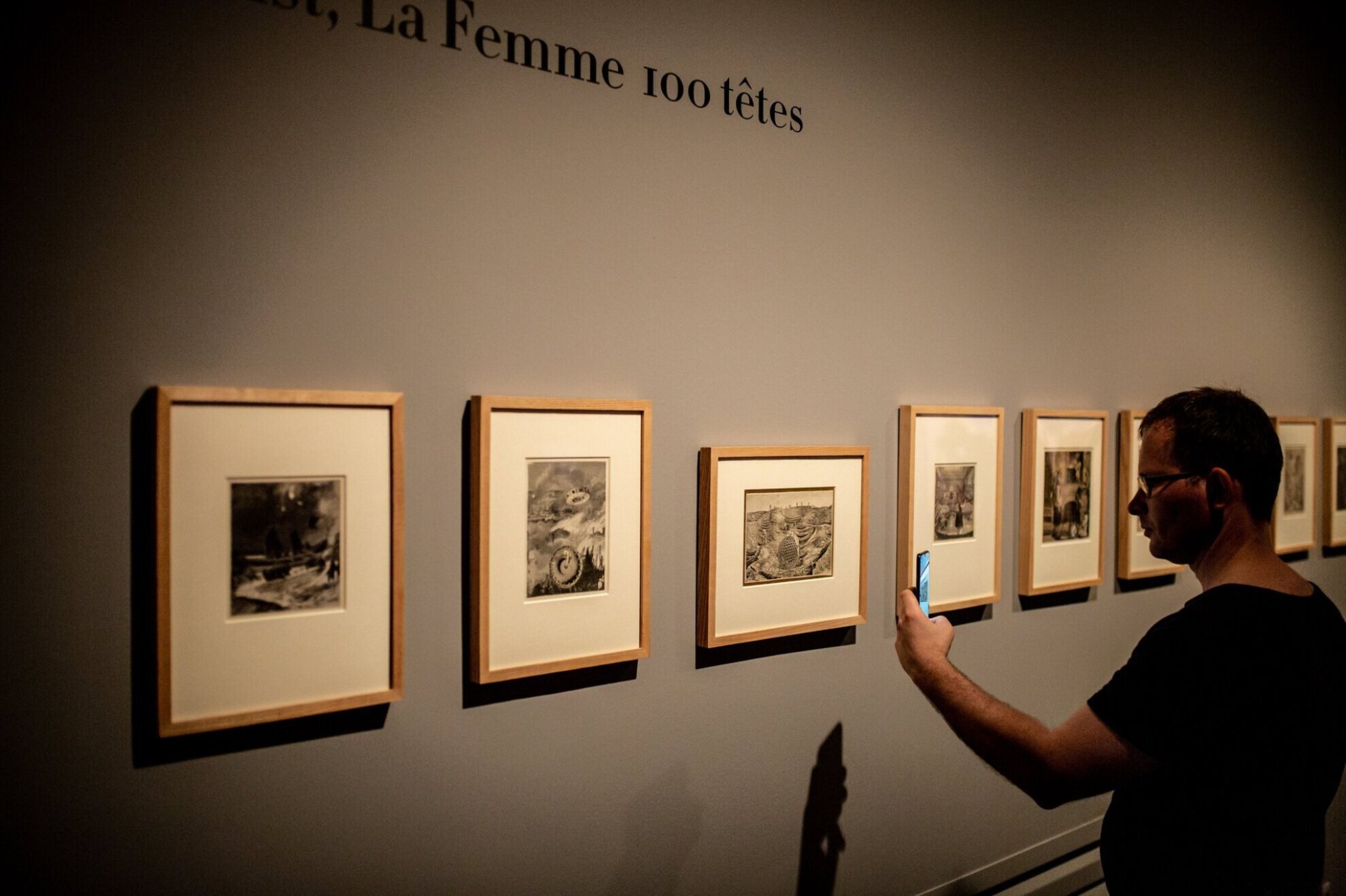
A separate hall at the exhibition focuses on Le Grand Jeu (The Great Game), a group of young men who challenged the conventional ideas of Surrealism as created by Breton. In 1929, a year full of conflict, tension and fallouts, Breton organised a meeting to discuss “the possibilities of common action” with the members of Le Grand Jeu – but saying that it was a failure would be an understatement. Breton opened the meeting with an extensive list of accusations, the last of which eventually led to Le Grand Jeu’s splintering.
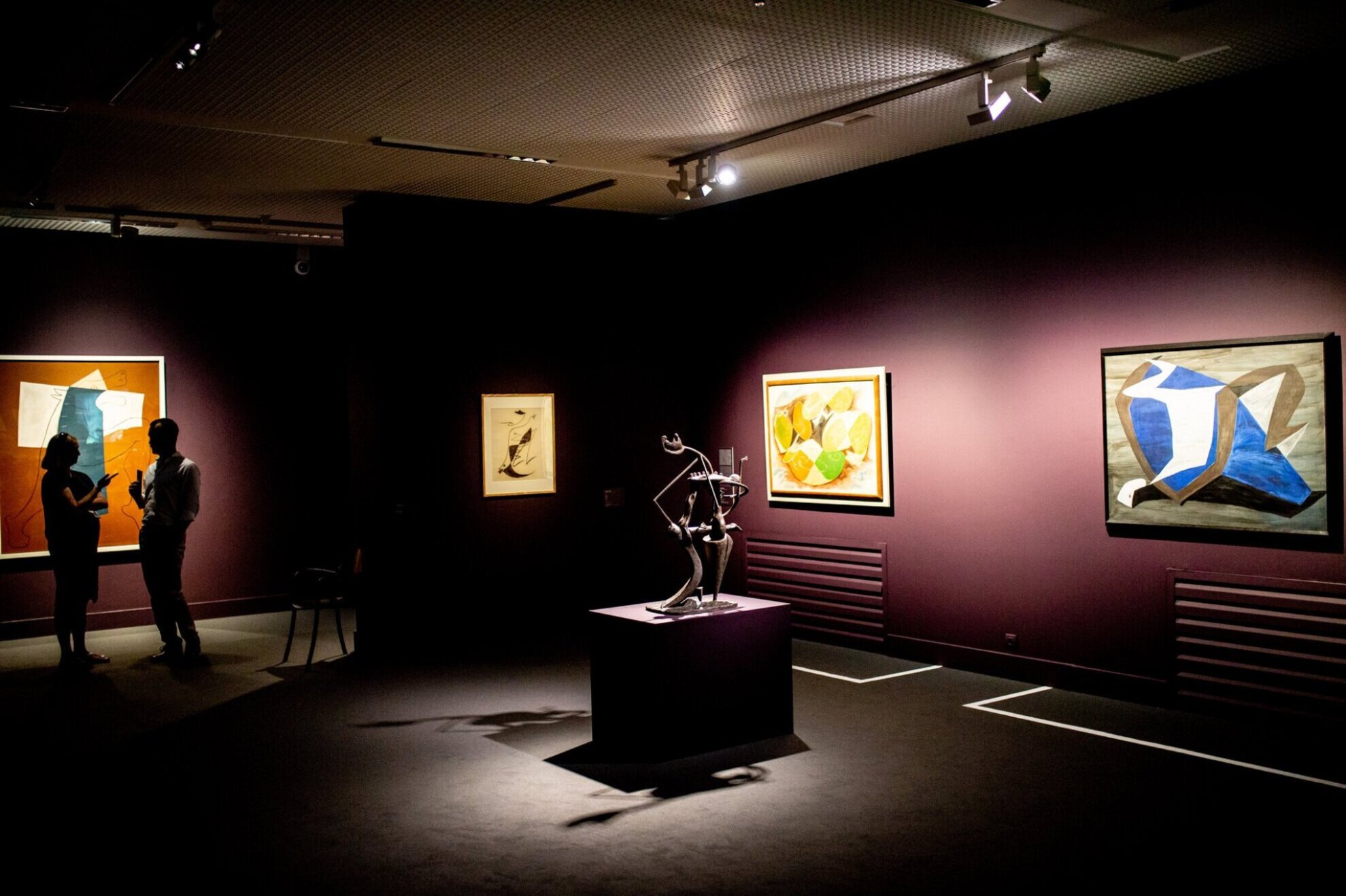
In many ways, Surrealism sprang from Dadaism, and all kinds of new image-forming techniques were in focus, so films and photographs are also showcased at the exhibition, such as Germaine Dulac's The Seashell and the Clergyman, and Buñuel's Age of Gold.
The exhibition also features an artwork by Joan Miró, the artist who wanted to “kill” painting, which makes sense when you see the picture.
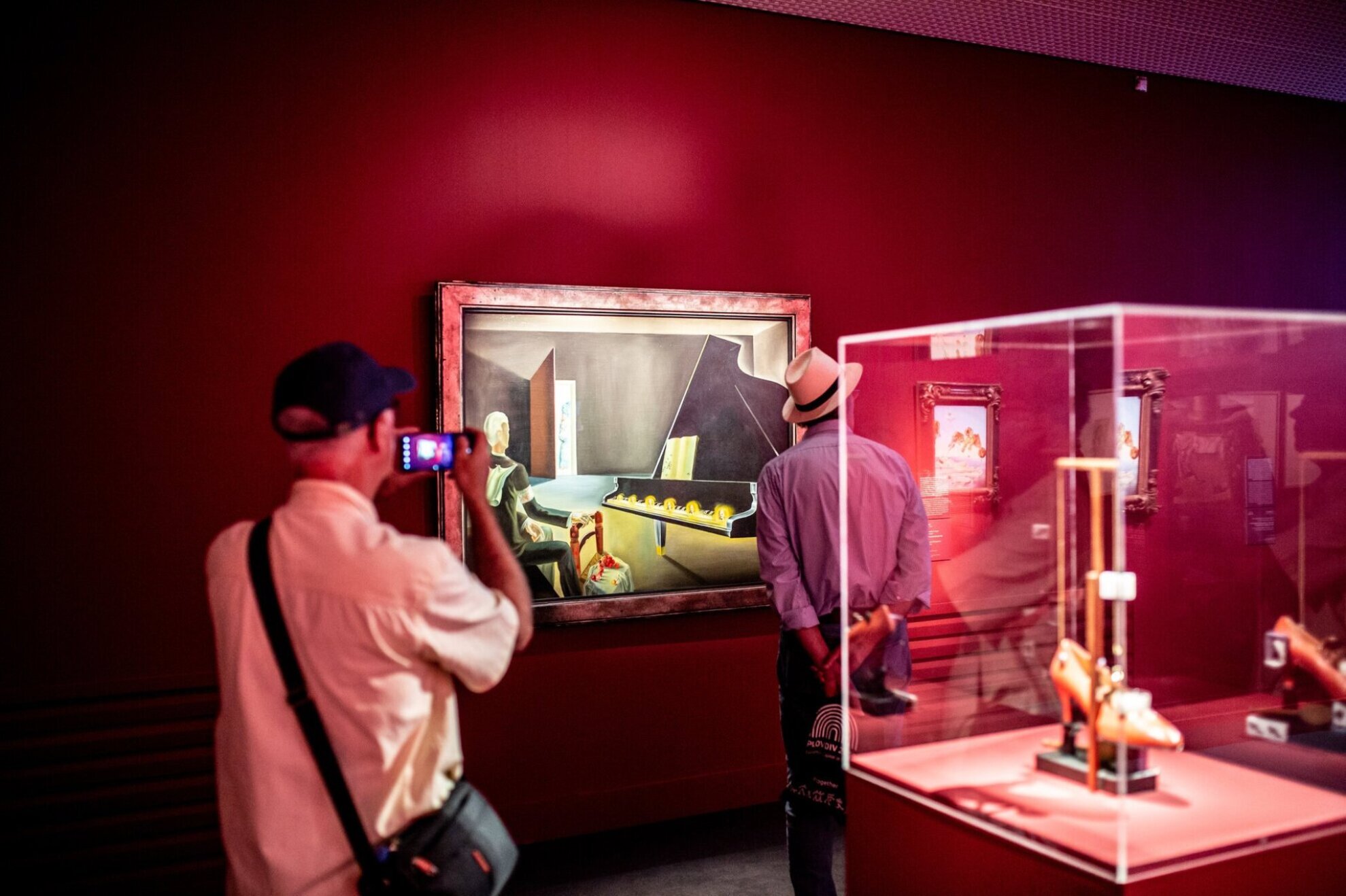
Max Ernst's famous Chimera is also exhibited, which was purchased by Breton himself, who kept it all his life. As the world of myths and special creatures were also a central theme of Surrealism, this painting is an emblematic work in the genre.
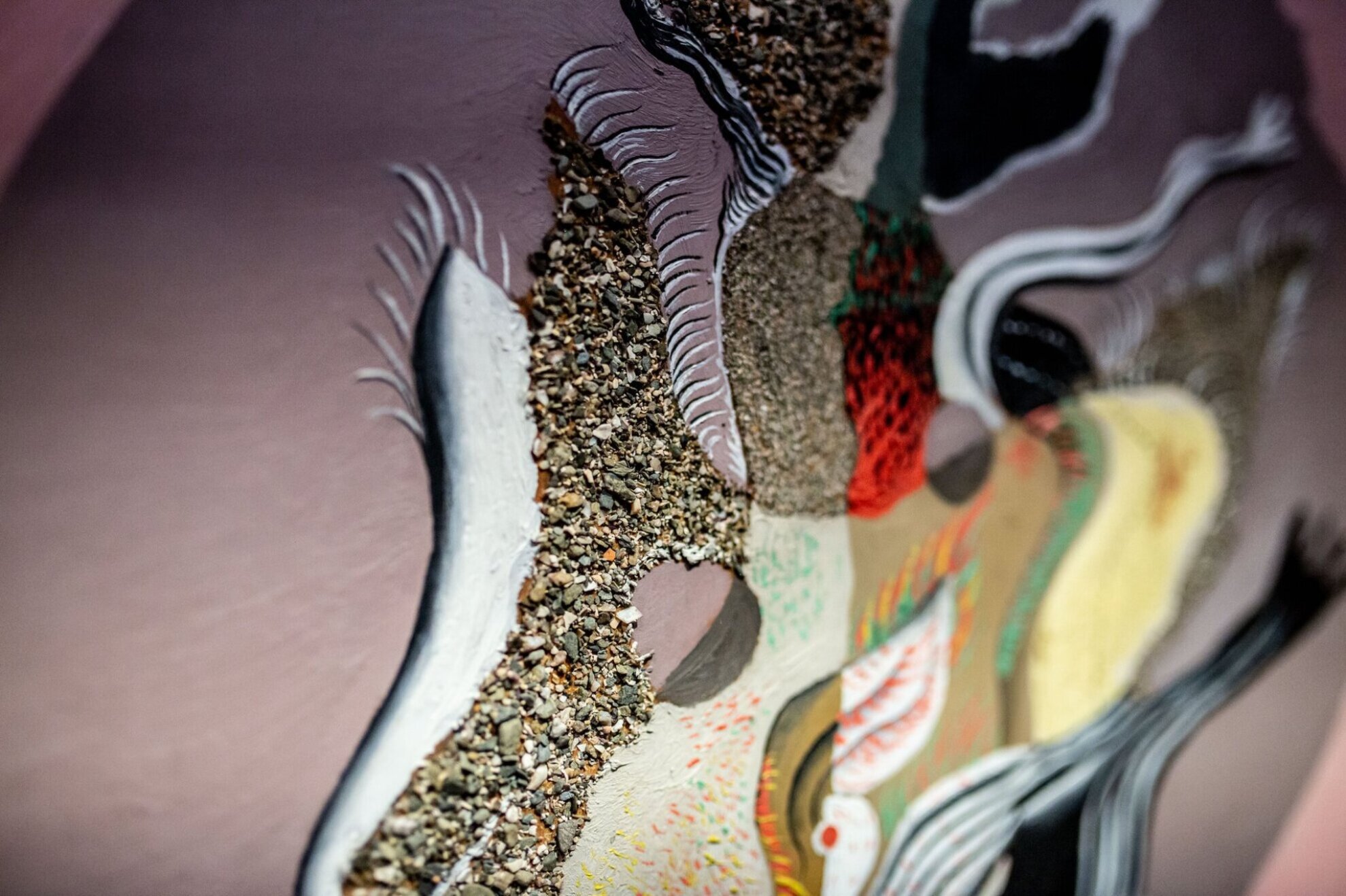
There are five pieces on display by Salvador Dalí that can be related to Un Chien Andalou. The film's important dead donkey motif returns with another artwork of his, The Rotting Donkey, reflecting on another popular Surrealist theme, rotting, devastation and dirt, everything the world doesn't want to know about. The Surrealists liked the ugly but exciting details.
At the end of the exhibition, visitors can see the influence of the notorious Marquis de Sade on the Surrealists that year, admiring him as their forerunner, as well as Pablo Picasso's Minotaur that was also widely admired.
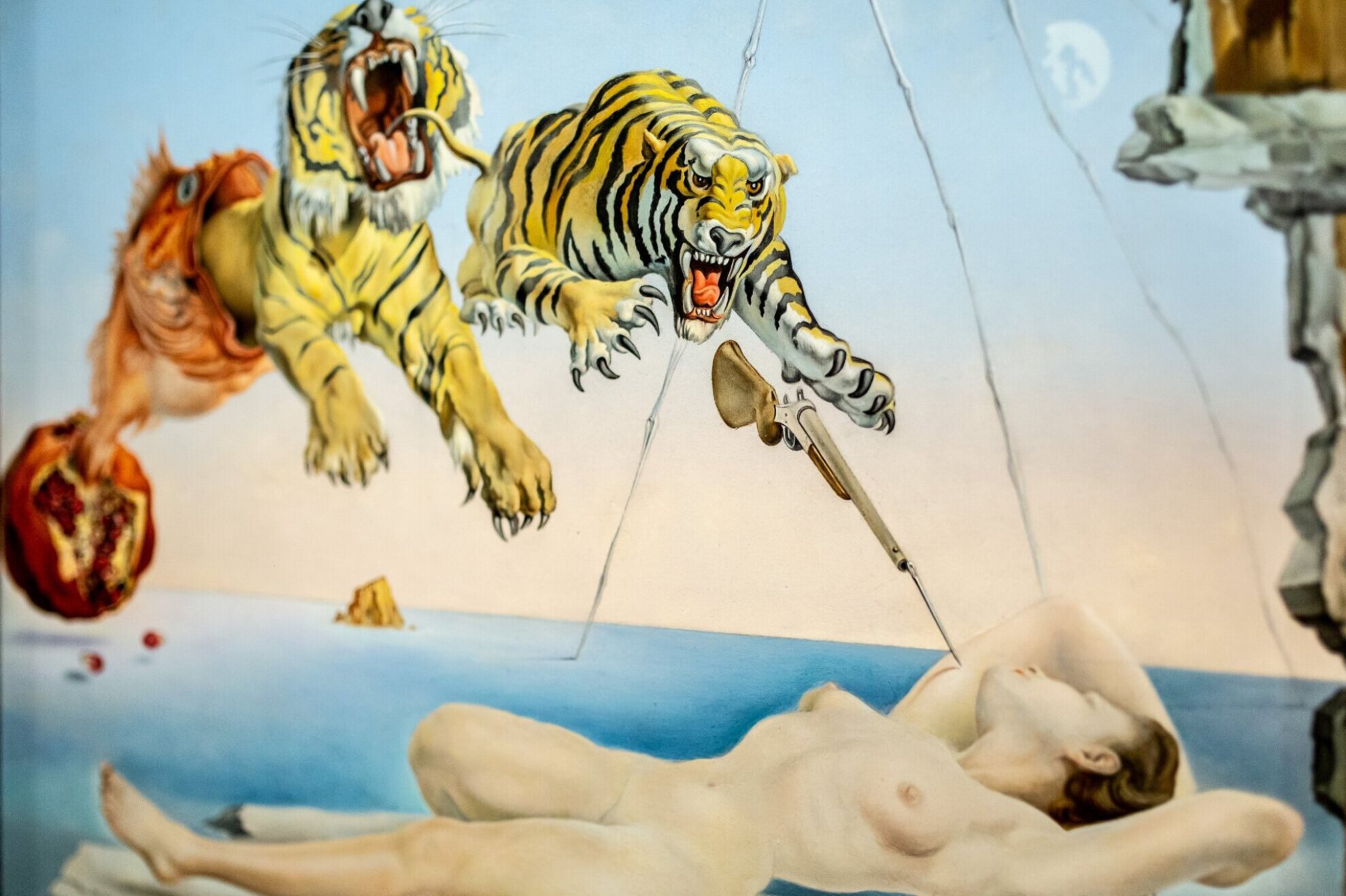
All in all, the exhibition provides a great overview of the Surrealist movement as a whole, presenting its main ideas, ideologies and conflicts. Watch this video for a behind-the-scenes glimpse.
The Surrealist Movement From Magritte to Dalí is on view at the Hungarian National Gallery until 20 October, with English guided tours available. On Friday, 14 September, a fun and special event awaits visitors with a dance performance bringing the surreal world of René Magritte to life, a montage workshop where you can try your hand at automatic drawing, as well as an uplifting game of self-exploration – can you find your alter ego in a painting? For more information, visit the Hungarian National Gallery's website.
